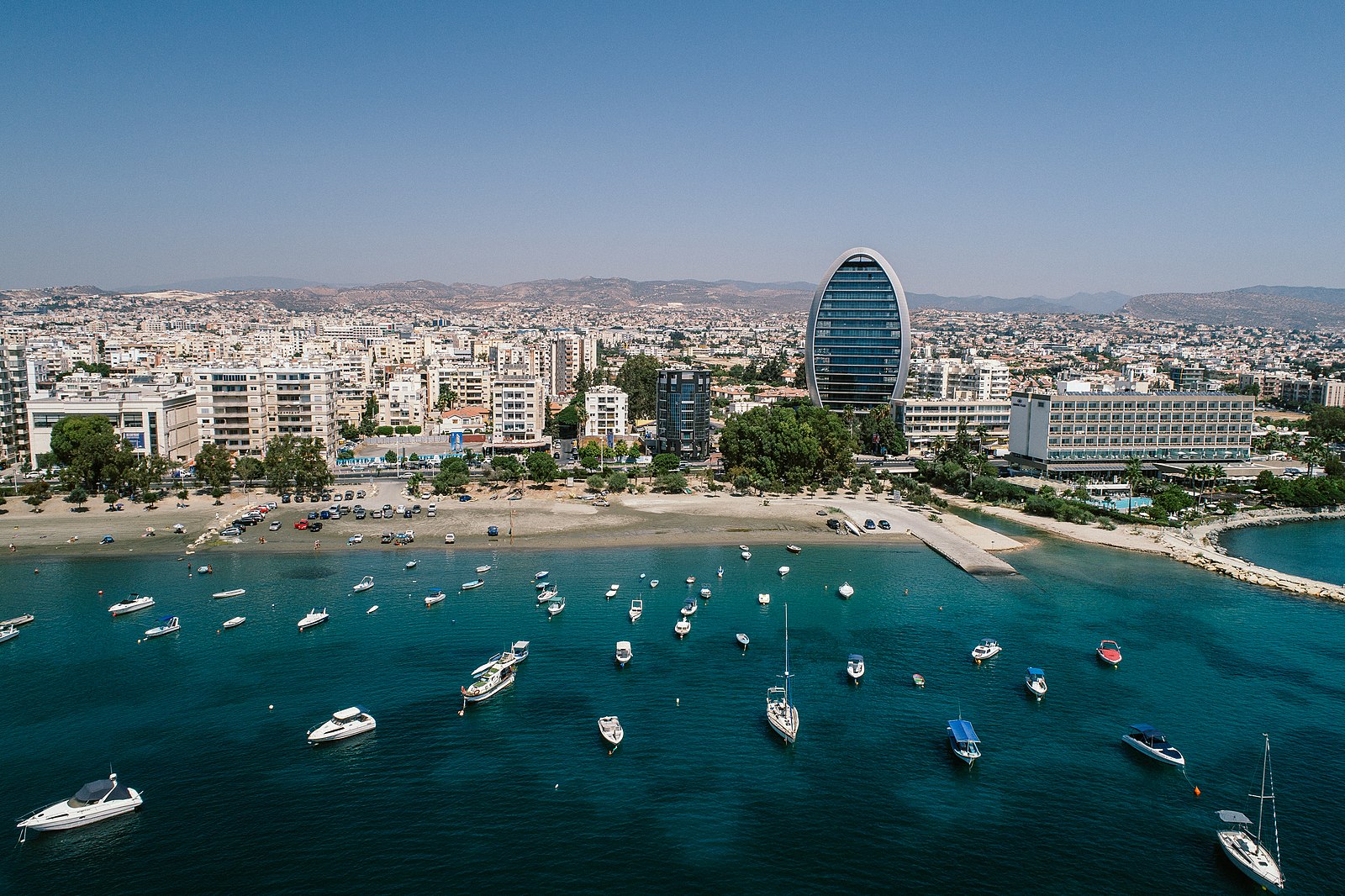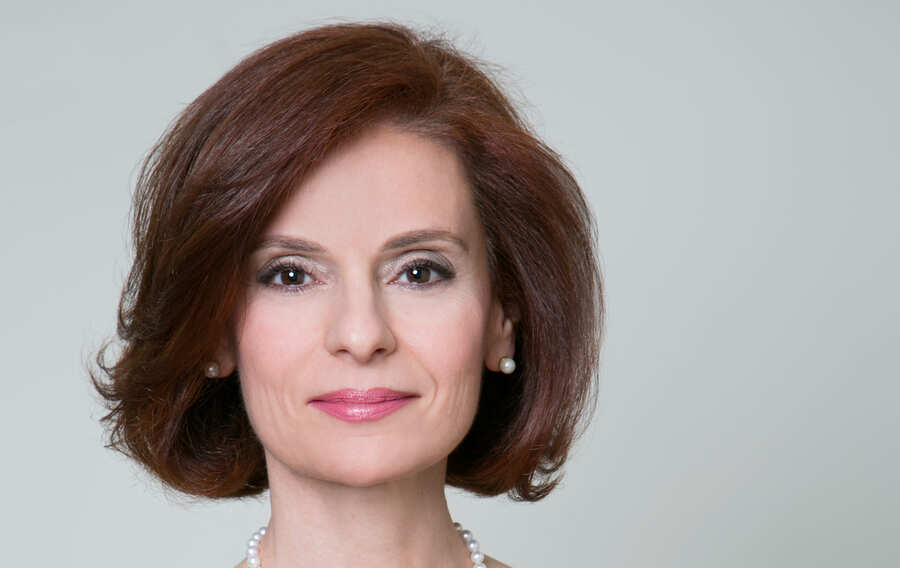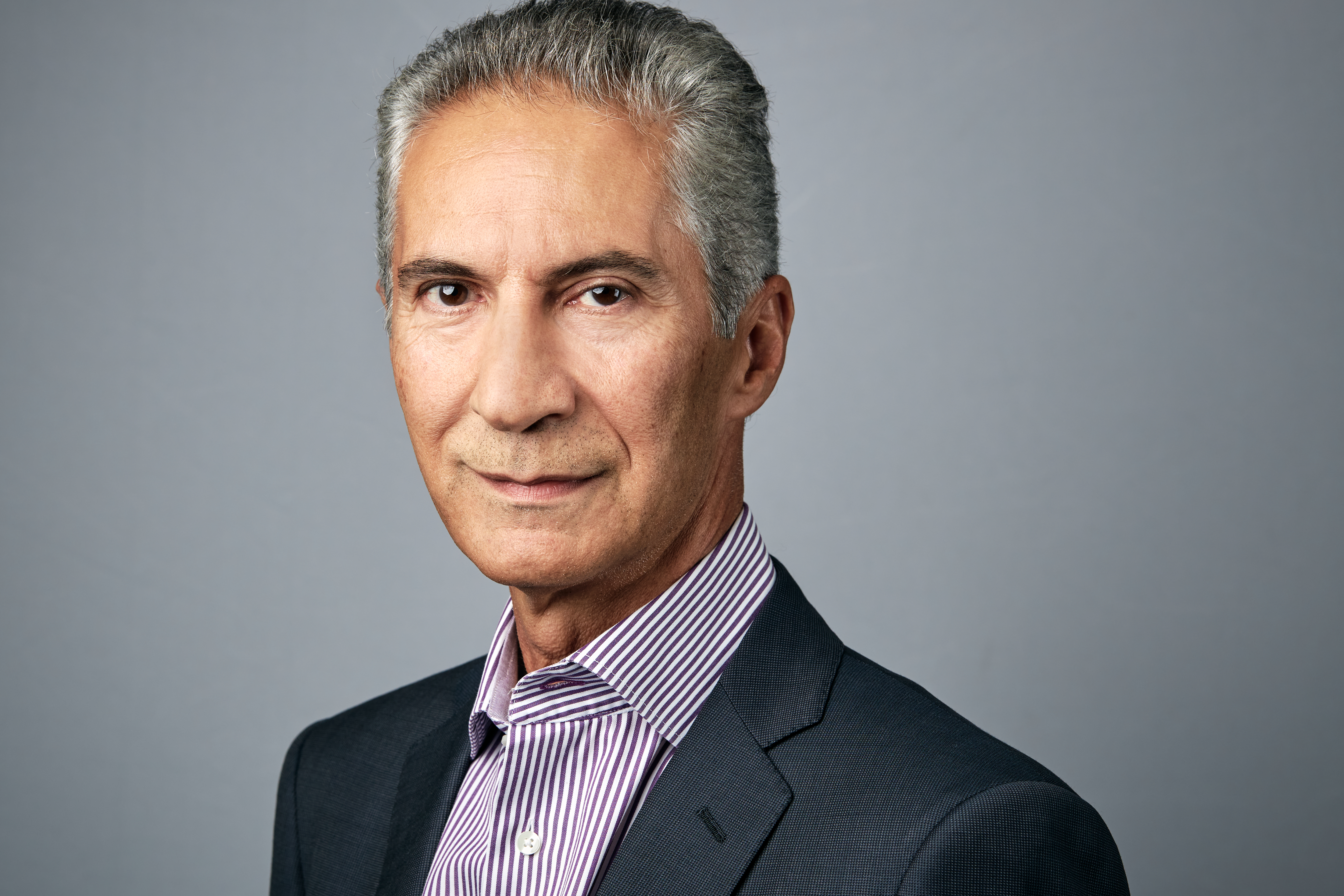According to the United Nations, Egypt’s population surpassed 100 million in 2018. This has caused health infrastructure to suffer under the pressure of the growing population.
In 2014 Egypt had 1.5 beds per 1 000 of the population, this decreased to 1.46 in 2015 and 1.36 in 2016. Egypt’s infrastructure and services require exponential growth in size and quality to meet the needs of a growing population.
A critical financial burden remains, providing massive healthcare services to lower class segments of society. Poverty stood at 27.8% which translated into 25.5 million individuals. In parallel, Egypt’s growing middle-class population requires a healthcare system that treats emerging diseases and illnesses associated with modern and urban lifestyles.
To meet its needs, the sector would require investments of between EUR 6 900 and EUR 38 950 million in real estate and between 3 850 and 16 110 million in medical fit-outs.
Key Stakeholders: The Egyptian healthcare system consists of two main entities; the public entity represented by the Egyptian Ministry of Health & Population and the private facilities such as private clinics, hospitals, and organizations.
The Egyptian Ministry of Health & Population (MoHP) provides most of the health services for free and determines the health policy of the country. The government represents the sector through the Health Insurance Organization (HIO), the Curative Care Organization (CCO), and the Teaching Hospital and Institution Organization (THO).
The Egyptian hospitals are under the management of two ministries; the Ministry of Higher Education which is responsible for university and teaching hospitals and the Ministry of Social Solidarity which is responsible for charitable organizations providing people with healthcare services.
Egyptian public hospitals provided 135 000 beds for patients through 2 065 hospitals. Egyptian public hospitals provide 75% of the total beds through nearly 300 hospitals while the private sector contributes 25% of the total beds through smaller facilities that are geographically dispersed. The private sector is doctor driven instead of brand driven and has many opportunities for consolidation, merger, and acquisition. As available beds per 1 000 remain low compared to global average of 2.7 beds per 1 000. Egypt should increase beds to a minimum of 2 per 1 000 which would require 189 000 beds meaning an existing gap of 52 000 beds.
This highlights the vast market for expansion. The government encourages the private sector to take a leading role in providing healthcare services. Egypt’s healthcare sector spending is private sector driven. The private sector spends nearly 62% of total expenses and almost 90% of this being out-of-pocket expenditure by patients. Households are the biggest contributors to the financing of Egypt’s healthcare sector.
The private facilities in Egypt are growing because of the immense opportunity the growing population offers combined with perceived public healthcare standards. Both non-profit and profit organizations are arising. Non-profit organizations depend mainly on donations such as “57357 Children Cancer Hospital.” It is one of the biggest and best hospitals specialized in children’s cancer in the the Middle East. The Children’s hospital is nicknamed 57357. The digits represent the bank account number which would accept donations from the public to build the hospital. In 2017 its donations surpassed EUR 210 million. It remains one of the best success stories, offering excellent services through state-of-the-art health services free of charge.
There is a considerable demand for clinic space within Egypt’s growing healthcare sector which is increasingly met through residential, office and retail shops ill-equipped to meet medical healthcare needs. The development of dedicated healthcare clinics and centers is an excellent growth opportunity in Egypt. Currently, a large number of doctors in public hospitals have their own clinic to ensure financial stability. Therefore a majority of the investment is directed toward the private market and most predominantly in pharmacies and private clinics.
Egypt’s healthcare sector proves an excellent environment for international investors capitalizing on the laws in 2017 that facilitated the procedures and guaranteed the rights of investors.
Most investors within the industry are building healthcare infrastructure including building new hospitals with the latest technologies.
Government Expenditures:
In 2014 the per capita expenditure was EUR 157 up from EUR 109 in 2010. Although low even when compared to GCC and MENA region which often reach EUR 1000, spending is increasing and total expenditure on healthcare surpassed EUR 15 000 million and matched that of the United Arab Emirates in budget.
In 2014, the Egyptian constitution was updated, and it guaranteed all Egyptians the right to high-quality healthcare. In this plan, at least 3% of GDP must go to the healthcare sector.
In 2014, Egypt had spent just 2.4% of its GDP on the health sector while the global average expenditure was 6% according to the World Health Organization (WHO).
In 2016, the Egyptian government increased total expenditure to 5.6% of its budget, but it was estimated to be 1.6% of total GDP. These numbers were not promising until 2017. The MoHP announced at the beginning of 2017 that the health sector would receive 5.7% of the total expenditure of the government and this number will increase in 2018.
The World Bank has a portfolio of EUR 6 050 million through 16 main projects. In Late 2018 President Sisi approved a EUR 500 million World Bank loan to develop Egypt’s healthcare system which will benefit 45 million Egyptians.
The project will focus on; family planning services, Hepatitis C prevention, and bolstering the new Universal Health Insurance System.
Changing Demographic Profile: As Egypt’s population evolves and its Baby Boomer generation ages alongside growing Generations X, Y & Z, a shift in patters is appearing. This will impact the demand for healthcare services and expenditure on individual age brackets.
Population 0 to 19: By 2050 Egyptians could reach 85 million new births. This will increase the need for childcare related services and facilities. Although the percentage of youth under this bracket has decreased from 49.8% to 41.7% since 1960 and is expected to decline further, the overall increase in numbers is substantial. From 13.5 million in 1960 to 38.2 million in 2015. In 2050 Egypt is expected to be home to over 50 million youth. These numbers will exercise pressure on obstetrics, gynecology, pediatric, and other services, creating opportunities for private sector investments.
Population 20 to 39: The percentage of the population was 32.6% in 2015. This age group is critical for future disease patterns, and health expenditure as many diseases manifest during this age bracket. Non-communicable diseases (NCDs), including diabetes, cancer, cardiovascular & chronic respiratory diseases, are the leading national causes of death in Egypt, accounting for 82% of deaths and 67% of premature deaths.
Population 40 to 59: Globally, 80% of healthcare requirements occur after the ages of 40. As Egypt’s young population ages, this segment will see a sharp rise from its current composition of 17.8% of the population.
Population 60+: In 1960 the population was slightly above one million since then it has ballooned to over five million. The increase in population and improved life expectancy will significantly impact the population above 60. Life expectancy increased from 46 for males and 49 for females in 1960 to 69 for males and 73 for females. Life expectancy is expected to continuously improve moving forward making this segment an essential element for FDI attraction. Egypt needs to increase its long term care facilities to meet the expanding age bracket. The segment requires nearly 20 000 beds and should need up to 65 000 by 2050.
Basic Care Status: Egypt has an excellent track record in reducing mortality rates among children & mothers and keeping low HIV & AIDS rates. According to a UNICEF report in 2017, the global rate of maternal deaths was 70 per 100 000 mothers while Egypt maintains 49 per every 100 000 mothers. Infant mortality remains at nearly 15 per 1000 births.
Egypt has a significant gap between the level of healthcare provided depending on their economic status especially in rural areas and Upper Egypt. According to the United States Agency for International Development low-income families experienced infant mortality rates of nearly 42 per 1000 births.
The health sector in Upper Egypt faces many challenges, especially as its centers are increasingly overcrowded in comparison to other regions. Lack of family planning remains a critical public health issue. In 2016 the United Nations Population Fund (UNFPA) reported that 58.5 % of Egyptian married women used contraceptive methods in 2014 down from 60 % in 2008. It was highlighted the use was far lower in Upper Egypt. UNFPA also reported an increase in the birth rate of teenaged mothers reaching 47 of 1 000 women in 2016.
Insurance: The Health Insurance Organization (HIO) is responsible for overseeing health insurance services for Egyptian workers in the formal sector. In 2014 HIO covered 50.2 million people including employees, retirees, widows, and some private sector. This organization is under the control of the Egyptian Ministry of Health and Population (MoHP) since its establishment in 1964. The government-owned parastatal’s intent is to provide health insurance coverage to all Egyptians.
Penetration will increase over the next few years driven by the authorities plans to implement the new universal healthcare law. This will provide comprehensive medical insurance for all Egyptians. Once Parliament approves the new law, Egypt’s Ministry of Health will cover treatment costs for all nationals who cannot afford it. This means nearly 40% of Egyptians would benefit.
The new law covers 100% of Egyptians including business owners, expatriates, and casual workers. It faced numerous difficulties and objections as it imposes compulsory monthly payments based on monthly income.
Its introduction and insurance coverage will positively affect national healthcare expenditures and increasing demand for healthcare services.
The core of the new insurance system is based on applying quality and cost-effective modern management techniques.
Public and private-sector workers will benefit from the new comprehensive insurance system, along with their family. Premiums will be taken from monthly salaries, though always less than five percent of total salary. The new insurance law will enhance health coverage. The rich will shoulder a more substantial part of the financing. The government will fully cover the treatment of those who cannot afford the premiums. These should constitute more than 25 million people.
Polarized nutrition: A severe problem facing Egyptian society is food quality and intake. Chronic under-nutrition and over-nutrition are prevalent due to a lack of proper awareness programs. Most of the foods eaten by Egyptians are high in calories but low in nutritional value such as rice, sugar, and bread.
Top ten causes of death: Ischaemic heart disease, Stroke, Cancer, Cirrhosis, Lower Respiratory Infections, Chronic Obstructive Pulmonary Disease, Chronic Kidney Disease Road Injuries, Hepatitis, and Diabetes.
Lifestyle diseases: According to the World Health Organization Egypt has a diabetes prevalence rate was 6.5% and 7.8 million cases. The rate is significantly higher than some developed countries. The average obesity rate among adults is 33.1% and is one of the highest in the MENA region. 45% of woman suffer from obesity versus 21.4% of men. The prevalence of hypertension is one of the highest in the world. 38.6% of the population suffer from raised cholesterol levels. The overall prevalence rate of stroke is high at a rate of 963 per 100 000 inhabitants.
Communicable Diseases:
Egypt has one of the highest mortality rates due to Hepatitis B, and Hepatitis C. 7% of the Egyptians have Hepatitis C; it is the highest percentage in the whole world. The high rate is in part due to improper practices in treating parasitic infections between the 1960s and 1980s. In 2015, Hepatitis C consumed about 1.4% of the GDP.
The National Campaign to Eliminate Virus C & Detection of Non-Communicable Diseases is deployed in all governorates.
It will detect diabetes, high blood pressure, and obesity among the Egyptian population. The implementation of a national early detection campaign seeks to reduce the burden of disease and preventable deaths due to non-communicable diseases.
Egypt’s has become an example for developing countries on curing Hepatitis C. The Ministry of Health and Population is focusing on a project to screen 1 million units of blood per year, screen 35 million people for Hepatitis C, non-communicable diseases & risk factors, and treat 1.5 million patients. The services are across 600 primary healthcare facilities and 27 hospitals across Egypt as a first phase of the implementation of the Universal Healthcare Insurance System.
Key developments:
The Ministry of Health is implementing an ambitious plan to develop and modernize public hospitals and treatment centers throughout Egypt. EUR 392 million was allocated in 2017/2018 budget for the rehabilitation and development of hospitals and government medical facilities. The budget is set to increase in the following years.
The Takaful & Dignity Pension is being rolled out. The healthcare program is designed for those who are unable to pay for their treatment. 26% of Egyptians are included in the program. The cost of the project is estimated at EUR 181 million, benefiting 7.2 million citizens in 27 governorates and providing all services to patients free of charge.
Treatment at the Expense of the State is a system for patients who are unable to afford treatment. The budget for treatment at the expense of the state is EUR 117 million, and it supports millions of Egyptians. The aim of the treatment at the expense of the state to care for any citizen outside the therapeutic umbrella and patients not included in the government health insurance or insurance treatment in the workplace. The network includes centers for the treatment of tumors and educational institutes. The national network is available through the internet to 400 hospitals which can request immediate treatment for citizens. This has reduced the burden on patients and their families who previously had to travel to medical councils and submit the application and receive orders from government councils.
Luxor opened its first center for the treatment of liver diseases & Virus C. The Center aims to treat 12 thousand patients and receives 200 patients daily.
Medical Staff & Training: While Egypt has an adequate number of doctors with over 3.3 per 1 000, the continuous population growth will require an additional 36 000 doctors by 2020.
Staffing is one of the major problems the Egyptian health sector is currently undergoing. There is an increasing shortage of specialized staff.
Relocation of high-quality doctors to GCC and Western countries is endemic. Thousands of newly graduated doctors have a set goal to leave Egypt in search of better salaries and better working conditions. Improving appreciation, conditions, and safety of employees would curb this trend.
Egypt’s ratio of nurses to population is below international averages. According to a World Health Organisation report Egypt has 14.8 nurses and midwives for every 10 000 Egyptians. This is half the global benchmark of 28.6. Universities around the nation offer degrees but Egyptians shy away due to social stigma. This has left Egyptian private hospitals to employ a significant number of foreign nurses increasingly. Nurses often feel they are undervalued and the combination of social and economic concerns have created a lack of qualified staff in the segment.
The Egyptian Nursing Syndicate has extensively worked to improve practices while private academies and universities like “British University in Egypt” have developed faculties of Nursing.
Pharmaceutical Industry:
The Egyptian pharmaceutical sector is one of the most attractive industries due to the large population and their needs for effective medicines at low prices. There are 165 factories in Egypt providing Egyptians with nearly 90% of their medicine needs.
In addition to meeting local demand, the sector exports to the region and has a well established and reputable name in the region. The majority of expenses incurred on households is the purchase of pharmaceutical drugs. Therefore, investors look towards investing in pharmacies which have boosted the pharmaceutical industry.
Outlook: Explosive population growth has meant the public healthcare system is under strain. Government expenditure has been low. Egypt’s healthcare sector has remained resilient despite its challenges. Healthcare facility expansions are needed to satisfy the demand of an ever growing population. Given the fragmentation of the sector, there is room for restructuring and improvement through a consolidation. Egypt will reach the 3% spending of GDP healthcare target, and the Universal Healthcare Act will boost the development of the sector. However, increased private sector participation will continue to drive growth and needs to be promoted to boost investments. Like many other sectors in Egypt, the opportunity for expansion and improvement is limitless.
























